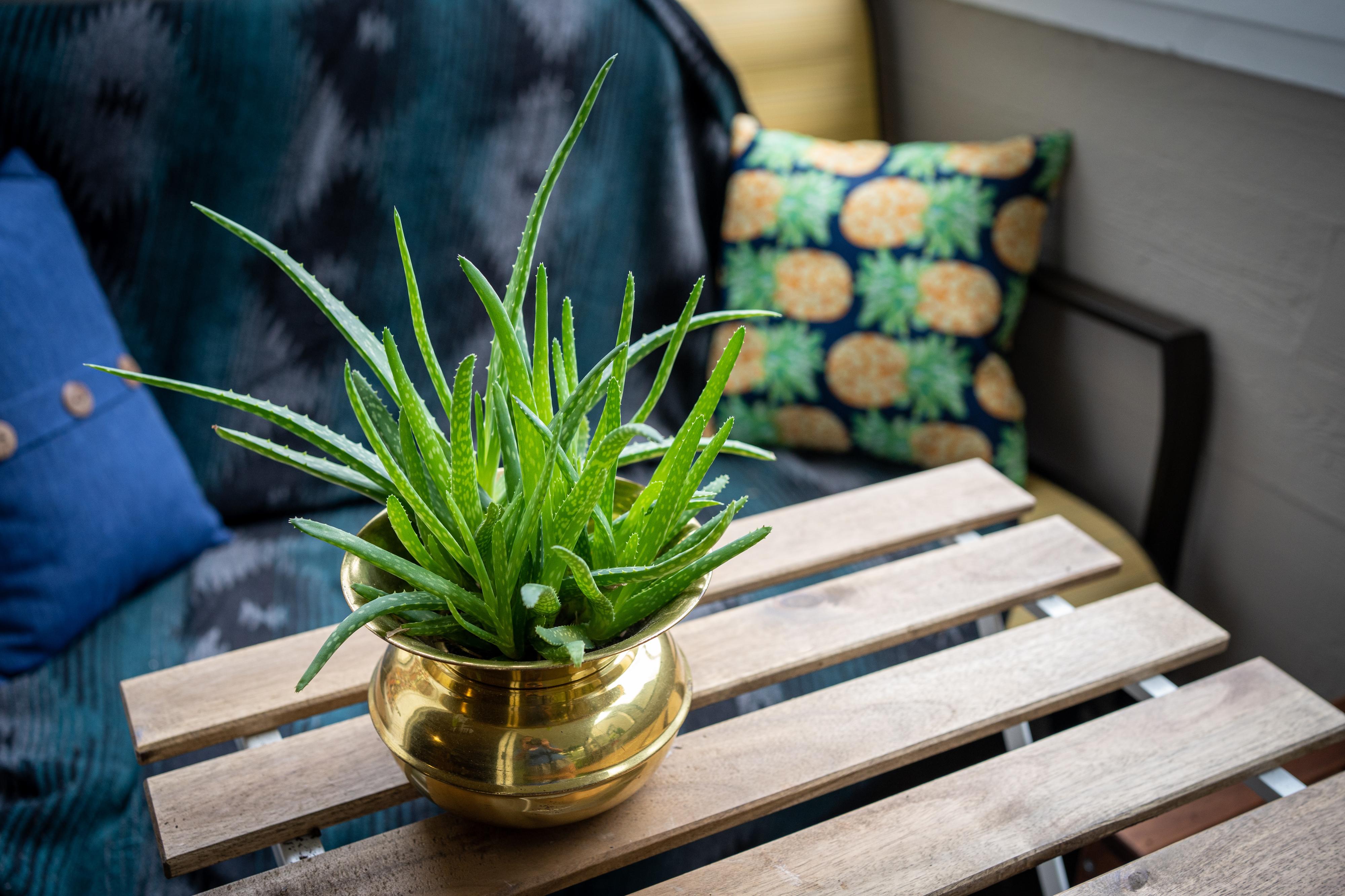Prime
Make sure you read this before buying new plants

Smaller plants can be a better choice than larger, more mature ones. Photo/Promise Twinamukye.
What you need to know:
- Buying plants can be both exciting and overwhelming, and it’s easy to end up with an empty wallet and a garden full of struggling plants if you are not careful.
Buying plants can be a thrilling experience, but it is crucial to make informed decisions to avoid ending up with a garden full of struggling plants and an empty wallet. By arming yourself with knowledge before visiting the nursery, you can select plants that will flourish and enhance your garden’s beauty and your home’s front yard.
Plan before you buy
Proper planning is essential to ensure that your new plants thrive in their new home. Here’s what to consider:
Exposure: Assess the amount of sunlight your planting area receives. Different parts of your garden may have varying light conditions:
Full Sun: Areas that receive direct sunlight for at least six hours a day.
Filtered Sun: Areas that receive dappled or partial sunlight, often through tree canopies.
Shade: Areas that receive little to no direct sunlight. Shade can be further classified into:
Full Shade: Areas with less than two hours of direct sunlight daily.
Partial Shade: Areas that receive some direct sunlight, typically morning sun with afternoon shade.
Understanding these light conditions helps you choose plants that are well-suited to their environment.
Space: Evaluate the available space for planting:
Small spaces: Consider smaller plants or those that grow upward rather than spreading out.
Large spaces: You can choose larger plants or group several smaller plants to create a cohesive look.
Also, consider the plant’s mature size to avoid overcrowding and ensure ample room for growth.
Soil: Determine your soil type, as it greatly impacts plant health:
Clay soil: Heavy and retains moisture but drains poorly. Amend with organic matter to improve drainage.
Loam soil: Well-balanced, with good drainage and fertility. Most plants thrive in loam.
Sandy Soil: Drains quickly but may require additional amendments to retain moisture and nutrients.
Avoid impulse buys
Impulse buying can lead to costly mistakes and plant failures. Here’s how to avoid it:
Before purchasing, research the plant’s requirements and suitability for your garden’s conditions. Many plants look appealing but may not thrive in your specific climate or soil type.
Work with a landscape designer or consult your local cooperative extension office. These professionals can provide tailored advice based on your garden’s conditions and your plant preferences.
Read the label
The plant tag or label is a valuable resource that provides essential information about the plant:
Plant name: Helps you look up additional details if needed.
Mature size: Includes height and width, which is crucial for planning.
Bloom time: Indicates when the plant will flower, helping you plan for seasonal interest.
Light requirements: Tells you whether the plant needs full sun, partial shade, or full shade.
Water needs: Guides you on how frequently the plant needs watering.
If the label lacks comprehensive information, use the plant’s name to conduct further research online.
Identify unhealthy plants
Selecting healthy plants is key to ensuring their success. Watch for these signs of distress:
Yellowing leaves: Can indicate problems such as nutrient deficiencies, overwatering, or poor drainage. Check for uniformity in the yellowing and overall plant health.
Root-bound plants: When plants are kept in containers for too long, their roots may become circular and congested. Signs include roots growing out of drainage holes or a thick root mat at the bottom of the pot. A healthy plant should have a manageable root system that allows for future growth.
Pests and diseases: Inspect for signs of pests (like aphids or spider mites) or diseases (such as mildew or mold). Check both the upper and lower sides of leaves and stems for any unusual spots or damage.
Weeds: Weeds growing in the rootball can compete with your plant for nutrients and water. Remove any weeds before planting to prevent them from spreading.
Wilting leaves: Often a sign of inadequate watering or transplant shock. Ensure the plant has been well-watered and check the soil moisture level.
Buds over blooms
While blooming plants are enticing, selecting plants with buds rather than full blooms has several advantages:
Extended bloom time: Buds will open after planting, giving you a longer period of flowering compared to plants that have already been blooming for a while at the nursery.
Reduced stress: Transplanting can stress plants, causing them to drop flowers. Plants with unopened buds are likely to settle in better and bloom for a more extended period after planting.
Consider smaller plants
Smaller plants can be a better choice than larger, more mature ones for several reasons:
Younger plants are often better at adapting to new environments and handling transplanting stress.
Smaller plants generally acclimate faster and may grow more quickly once established compared to larger plants that have already reached their mature size.
Smaller plants are typically less expensive and easier to transport and plant.
Where to buy
Local nurseries typically offer a wide range of plants that are well-suited to your region. Staff at these nurseries are often knowledgeable about local gardening challenges and can provide valuable advice.
Botanical garden plant sale events often feature a curated selection of well-adapted plants and can be a great resource for both common and unique varieties. Some botanical gardens also have year-round nurseries with expertly grown plants.




